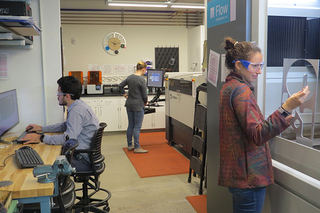Elementary Particles Faculty
-
-
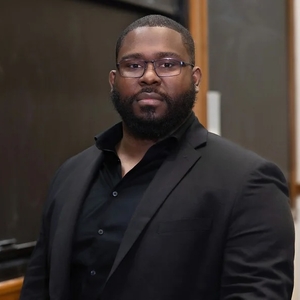
-
-
Physics
Karsten Heeger
Eugene Higgins Professor of Physics; Director of Wright Laboratory+1 (203) 432-3378 -

-

-

-
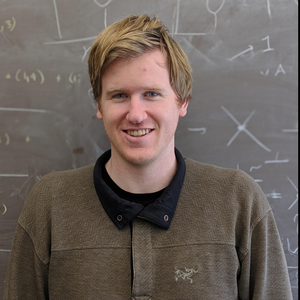
-

ALPHA, HAYSTAC, RAY
Science Goal: Search for axion dark matter using quantum and microwave technologies.
WL Involvement: Yale is responsible for systems engineering, cryogenics, and magnetics. Lamoreaux and Maruyama are PIs of HAYSTAC, Maruyama is spokesperson of ALPHA and PI of RAY.
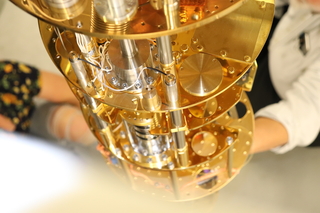
ATLAS
Science Goal: Precision tests of the standard model and new physics searches; including characterizing the Higgs Boson and using it to probe for new physics.
WL Involvement: The Yale team has critical responsibilities in the ATLAS collaboration for data quality and detector upgrades. Wright Lab has been the host of R&D and now construction of critical elements of the ATLAS tracker upgrade for the hI-LHC era.
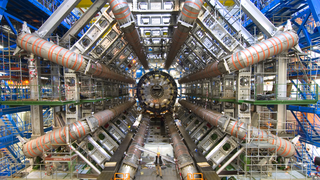
COSINE-100
Science goal: Search for direct detection of dark matter, probing for an annual modulation in the signal reported by the DAMA/ LIBRA collaboration.
WL involvement: Maruyama is the PI and scientific co-spokesperson of COSINE-100.
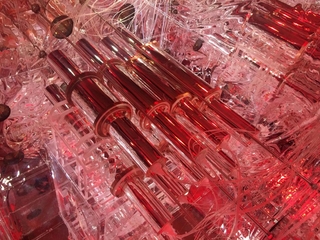
Mu2e
Science Goal: Search for the conversion of a muon directly to an electron in the field of a nucleus. This process is all but forbidden in the Standard Model, and a signal at Mu2e would be a clear sign of new physics.
WL Involvement: The Demers group is heavily engaged with development on the Mu2e trigger, including writing and optimizing algorithms and leadership in the Trigger and Data Acquisition group. Demers is on the Mu2e publications board and led the “Engaging Non-Experts” group to help onboard new collaboration members.

Elementary Particles News
-
Advancing the frontiers of physics at Wright Lab through advanced prototyping
The APC at Wright Lab has provided an advanced fabrication facility and design support for custom instrumentation within the Yale community since 2018
-
Undergraduates represent Yale Physics and win awards at SPSCon 2025
Six Yale Physics undergraduates attended the 2025 Physics and Astronomy Congress (SPSCon 2025) in Denver. The theme was Σupporting Our Πhase Σhifts.
-
Yale Physics alumnus Andrew J. Lankford awarded Wilbur Cross Medal
Experimental particle physicist Andrew J. Lankford ’72, ’78 PhD and three other Yale Graduate School alumni, were awarded the Wilbur Cross Medal.

